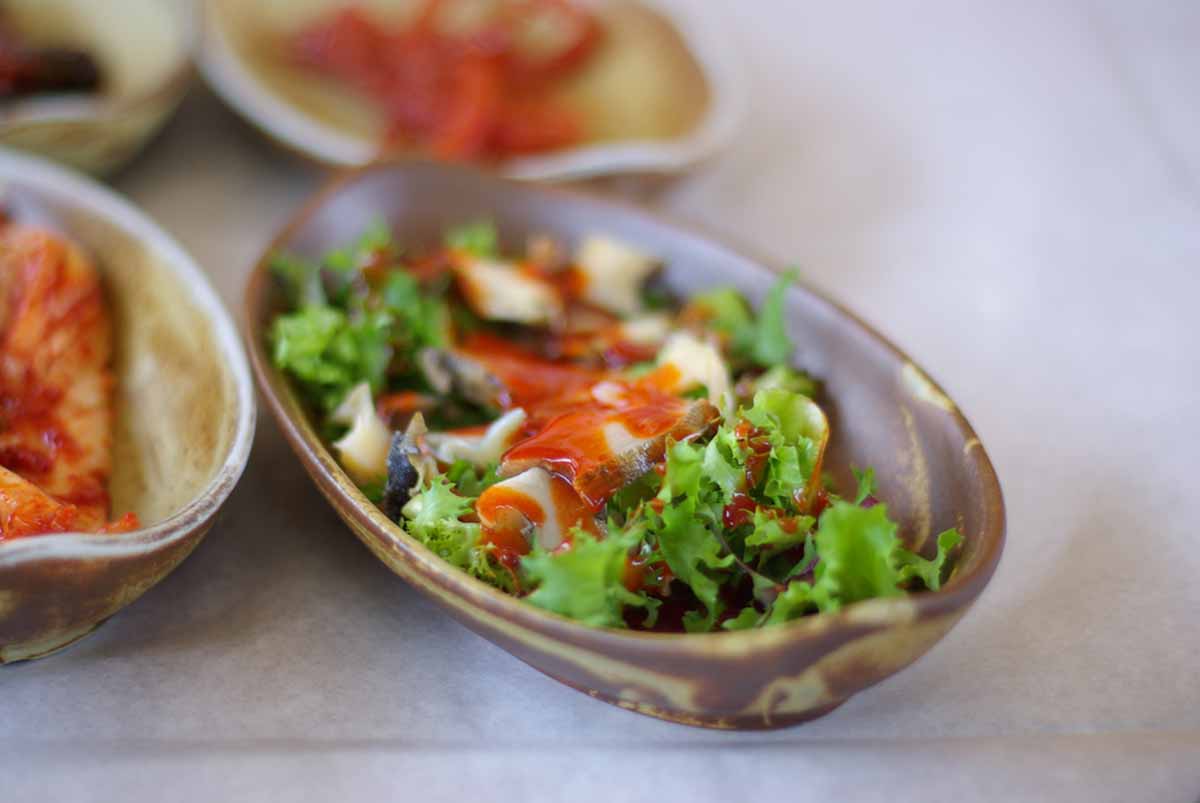Table of Contents
Raw Food Benefits
Why might you like to go raw? We already mentioned that hardcore raw foodists believe that this way of eating is healthier. If you're not really a health food junkie or into an alternative lifestyle already, you may wonder whether raw food is for you.

You can hardly deny that many people rely heavily on processed foods and large amounts of carbohydrates and fats. You also know that this really isn't all that healthy. Could you improve your diet? Making a radical change may be easier than trying to reduce your intake of "offending foods", and it's clear that a diet that includes much more fresh produce is going to benefit your health.
Going raw may well be a great way to lose quite a bit of weight, if that's what you would like. Raw food meals are generally lower in calories. You can't really eat too many veggies. Your vitamin and mineral intake will almost certainly go up, though you'll want to make sure that you eat as many different fruits and veggies as possible to ensure you cover the whole spectrum of nutrients. A raw food diet is also rich in fiber, which will help you as well.
Another great benefit of trying raw food for a while is that you'll be forced to get creative in the kitchen. You will try lots of new meals, but you will probably find preparing food takes an awful lot less time. That's another huge plus for many busy people.
Finally, know that you don't have to go 100 percent raw or commit to this diet for the rest of your life. With the large amounts of great raw food recipes that are around online these days, you can simply decide to add more raw food to your diet.
You could try raw for a month, or have one raw meal a day, or do raw but with a cheesy twist — you make your own rules!
What Not To Do
As a lacto-ovo vegetarian who isn't a raw foodist, I have to admit that I didn't work hard enough to include proteins in my diet in the past. Since participating in SteadyHealth's very own nutritional and exercise plan, I have bettered my life in this area. My go-to proteins are now cottage cheese, lentils, and tofu, and I feel a lot better now I get more protein. Raw foodists have to be careful that their diets include protein.
Yes, leafy greens like kale do have protein — but are you really getting enough? Don't assume you are, and do your research. Sprouted beans, lentils and grains are easy to create at home, and they are tasty as well as full of protein. Spirulina, mushrooms, seeds and nuts are other important sources of protein.
Not only will your electricity bill not go down if you go raw, all that fresh produce and those grains, seeds and nuts are generally more expensive than the average diet. It may be an investment worth making, but unless you live in a place with well-stocked and cheap farmers' markets, your overall food expenses will not go down. If you can make an extreme improvement by going raw (because you're finally staying away from all that high-cholesterol stuff, for instance), your new diet may help you prevent medical bills however.
See Also: Chicken, Fish, Beef, or Pork: Which Meat Is Best for Paleo, Primal, and Low-Carb Diets?
"Don't give up too early" is another valuable tip. People who are new to raw food report headaches and feeling weird. That's quite normal if you went from an unhealthy diet to a much healthier diet. Your body is detoxing. As long as you make sure you get plenty of the right foods, you will start feeling better — and better than you did before your raw food diet — very soon.
- Photo courtesy of Daniel Lee by Flickr : www.flickr.com/photos/dlee13/12562335873
- Photo courtesy of egg (Hong, Yun Seon) by Flickr : www.flickr.com/photos/eggnara/2408114416


Your thoughts on this